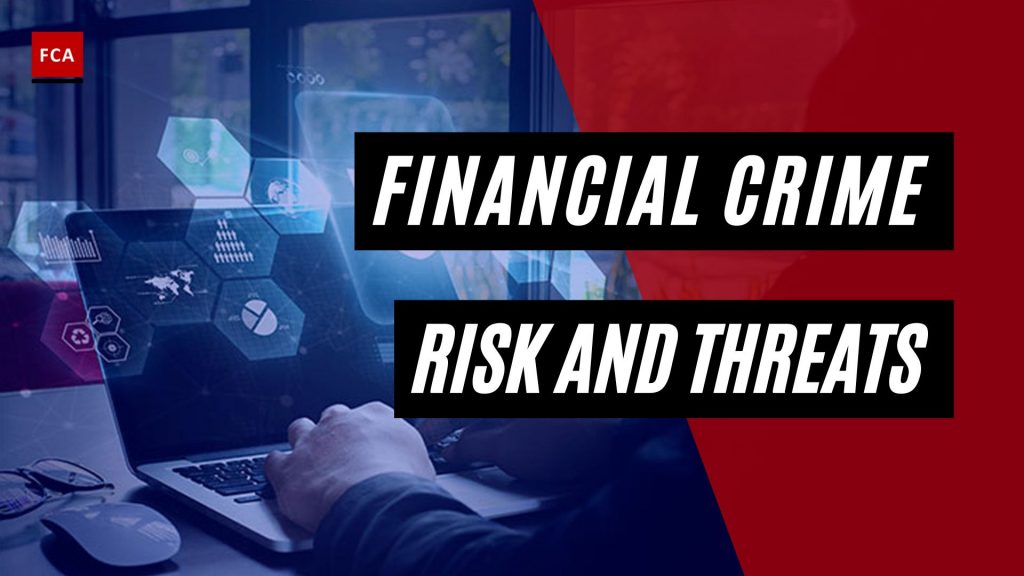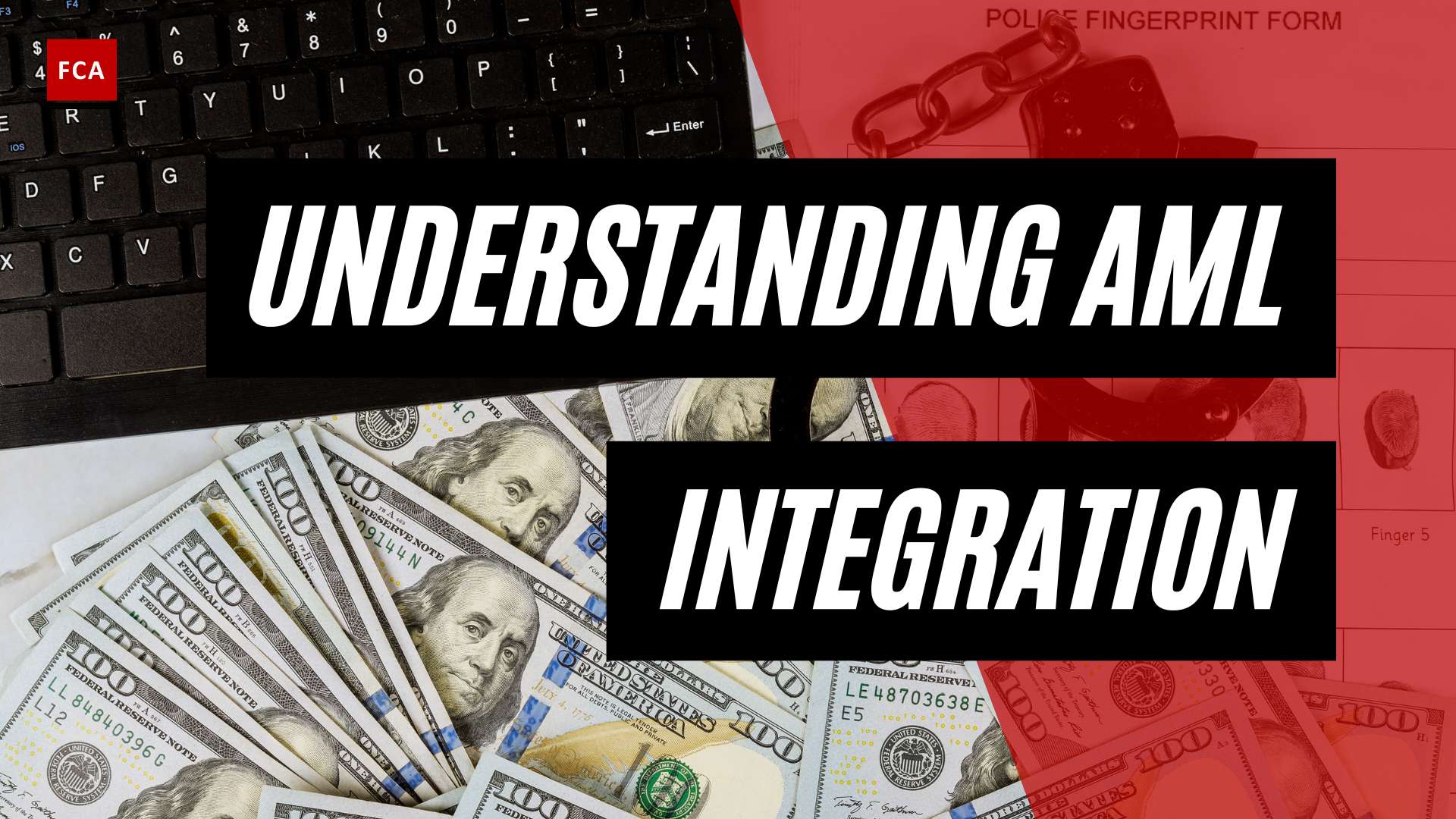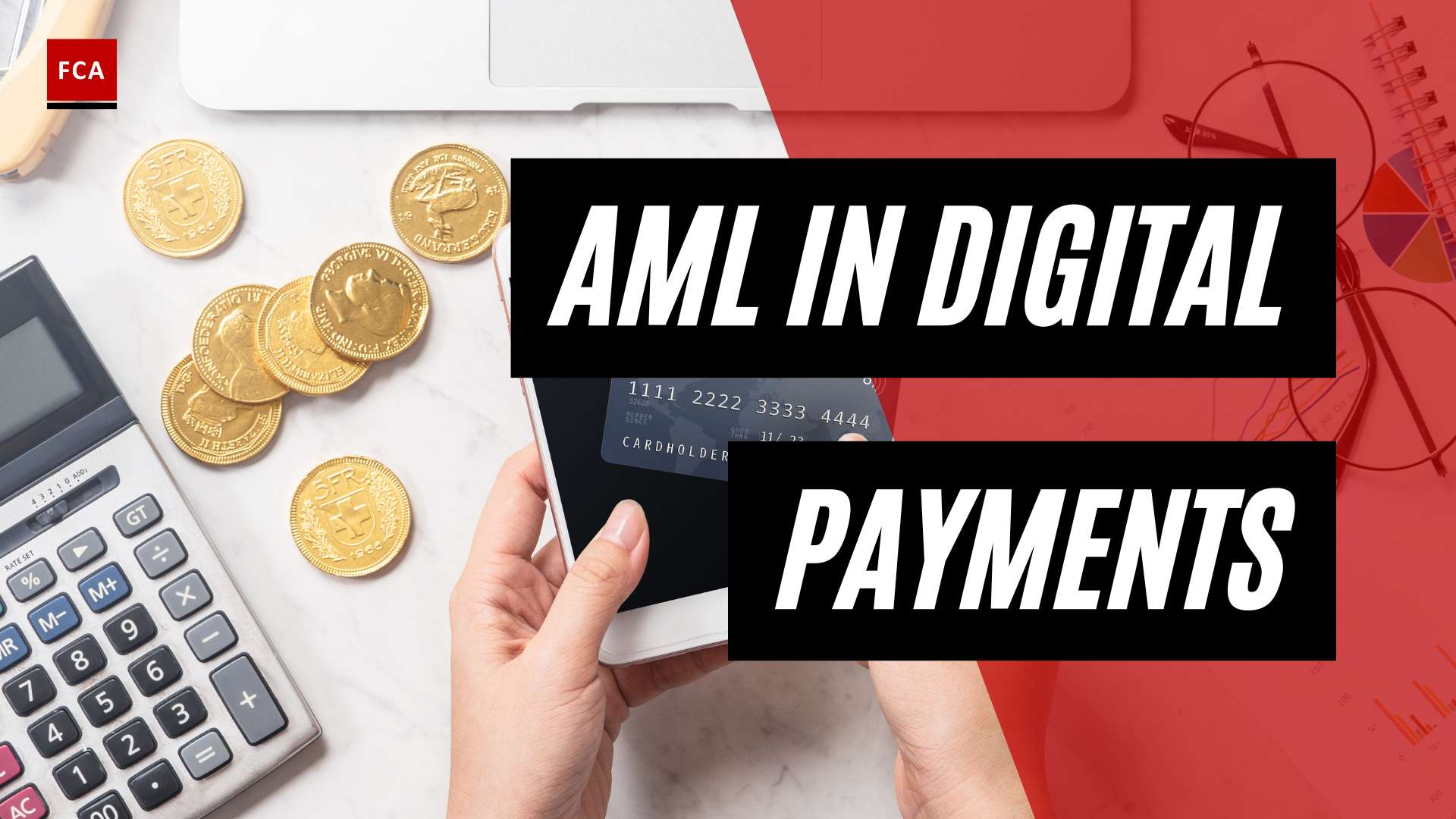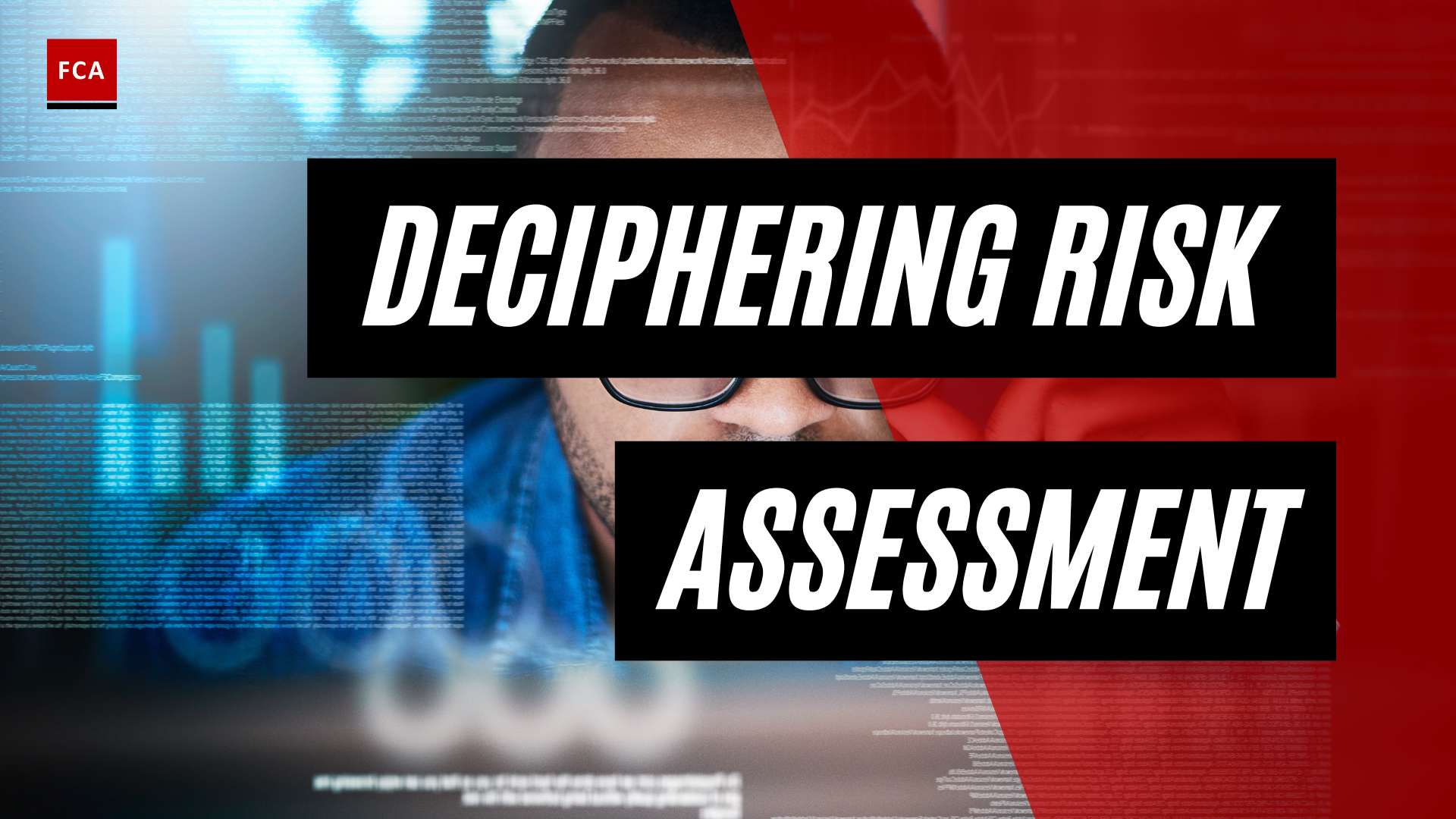There are different financial crime risk and threats inside and outside organizations, which causes the potential to lose money or face operational or reputational losses. Financial crime is an illegal activity that threatens the existence of a financial institution or entity. Entities face different financial crime risks for various reasons, including the evolution of cryptocurrencies and digital marketplaces to exchange assets and perform financial transactions. These increase the risk of criminals exploiting the financial system for personal advantages.

Financial Crime Risk and Threats: Inside and Outside Organizations
Some of the financial crime risks faced by organizations are:
- Anonymity: The individuals involved in the exchange of digital assets may not be appropriately identified, screened, and verified before onboarding or opening an account to utilize the product. This risk is increased due to the offering of the product in different countries or jurisdictions. Individuals may use proxies to open accounts. Individuals may open different accounts by providing unverified extra information.
- Use of Multiple Accounts: The use of different teenager accounts from a single mobile device of a teenager causing transaction obscurity and lack of clarity resulting in potential money laundering or terrorism financing risks.
- Use of Customer Accounts by Unauthorized Persons: Criminal, who may be the family member of the individuals, may use the account to instantly transfer or move small amounts of large transactions in different jurisdictions, causing money laundering or terrorism financing.
- Illegal Payment: It may arise due to the use of the product by an individual for making payments for purchases executed on any block listed or banned platform or website offering illegal goods or services.

- Payment Mismatch: This risk relates to the payment mismatch’s actual purpose. Individuals may transfer or receive money without any commercial activity causing a lack of clarity over the purpose of payments executed. For example, individuals may collaborate and access the prohibited digital asset or cryptocurrency websites in different markets. They may transfer virtual assets or currency as subscription payments using various accounts and inter-transfers.
- Fraud: Fraud risk may arise from within or outside the entity and occur in different ways, such as making false payments or hacking teenager accounts by stealing or getting passwords or using individual’s accounts by any unauthorized person. Fraud risks evolve from within or outside the organization. Internal fraud risks relate to the employees or management, whereas external fraud risks relate to outsiders, including customers, the general public, or criminals such as hackers or money launderers.
- Sanctions Violation: Suppose the organization does not follow the sanctions or does not identify the sanctions and perform or try to perform transactions or business activities with sanctioned individuals, entities or countries. Sanction risk arises, which causes the organization to face different financial and reputational repercussions such as payment of fines.
Final Thoughts
While financial crime has existed since people first exchanged money for goods and services, technological advancements have changed the attack surface, level of access, and number of opportunities available to cybercriminals. Almost all businesses conduct their operations online, making them easy targets for cybercrime. Criminals are using more sophisticated and stealthy methods to access critical financial data and hide their tracks. To add to the threat, many financial crimes are committed by corporate insiders who have figured out not only where critical data is located, but also how to effectively conceal their nefarious activities.








